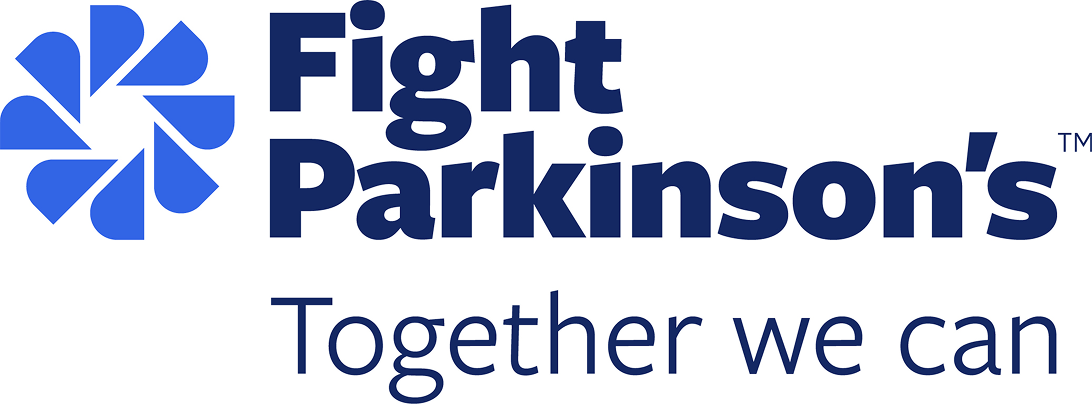Dyskinesia
Dyskinesia is a term used to describe uncontrollable, often jerky movements that a person does not intend to make. These movements can affect the arms, legs, head, or whole body.
Some people who have been taking levodopa for a long time may experience dyskinesia as a Parkinson’s medication side effect. Dyskinesia can also result from prolonged use of certain antipsychotics.
Managing dyskinesia
Involuntary movements that are a side effect of levodopa normally improve with a reduction or change in timing of the medication. However, these medication changes can result in an increase in rigidity or tremors. When this happens, an important step is to consult your specialist to actively adjust your medications for maximum medical benefit with minimal side effects. Sometimes small changes in dosage and frequency can improve dyskinesia.
Dyskinesia can worsen under stress, so reducing stress is important. Whether it’s doing yoga, reading a book, lighting an aromatherapy candle, or speaking with a friend, decide what works for you and schedule it into your routine.
Dystonia
Dystonia describes the condition when muscles tighten involuntarily. Symptoms may be mild or severe and every person with Parkinson’s is affected differently.
Dystonia is usually a result of Parkinson’s itself and is caused by low levels of dopamine.
Dystonia is more common in people who have been diagnosed with Parkinson’s at a younger age (under 40), but it can affect anyone with the condition.
‘Off’ dystonia
Dystonia happens most often when levodopa treatment is ‘wearing off’. This is when the medication becomes less effective before the next dose is due. ‘Off’ dystonia is often experienced first thing in the morning when the next dose of levodopa is required.
‘On’ dystonia
Occasionally dystonia can also happen at ‘peak-dose’, when your levodopa is at its most effective. It’s caused by having too much dopamine in the brain, which can overstimulate the muscles.
Parts of the body affected by dystonia
Dystonia is more likely to impact the side of the body that is most affected by Parkinson’s. It can affect a single muscle or a group of muscles. For people with Parkinson’s, however, it often affects the feet. Dystonia may also affect the hands, eye lids and vocal cords.
Managing dystonia
- Medication
If you think your dystonia is connected to your levodopa medication then keep a diary and have your medication reviewed by your GP or specialist. Changing timing, dosages and tablet types (such as using slow-release medication at night) may all help, depending on the causes and pattern of the dystonia. - Muscle relaxants
This type of medication may also help. Options can be discussed with your GP or specialist. - Botulinum toxin (Botox)
Botox is a powerful nerve toxin that is sometimes used to treat dystonia. It can be injected into the affected muscle in small doses. This treatment needs to be repeated every two to three months. Speak to your GP or specialist about whether this may help you. - Self-help
Many people find that ‘sensory tricks’ give temporary relief from spasms. Tricks can involve touching the affected body part, or a nearby body part, before or while you make the movement that usually triggers a spasm. This seems to prevent or shorten the spasm by distracting the brain. - Yawning
This may ease dystonia in your vocal cords. Talking, lying down, singing, laughing, chewing, or putting pressure on the eyebrows are strategies that may help to relieve dystonia in your eye lids. - Keep a diary
If you have symptoms, detail them in a diary and provide it to your specialist. Include the time the medication was taken and the time the symptoms occur.
Support for you
- Call the Fight Parkinson’s Health Team on 1800 931 031
- Email: [email protected]

